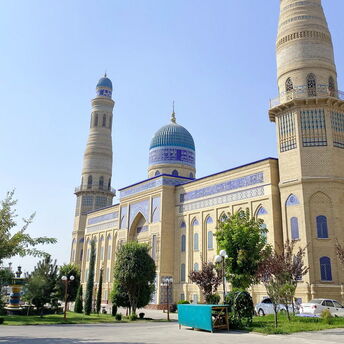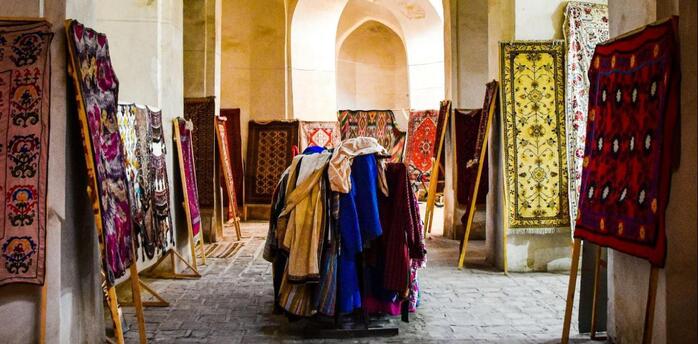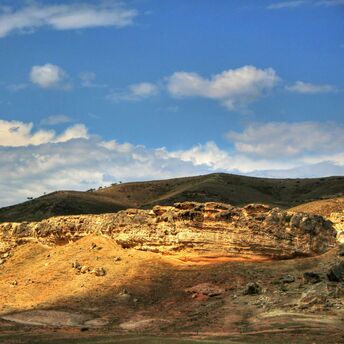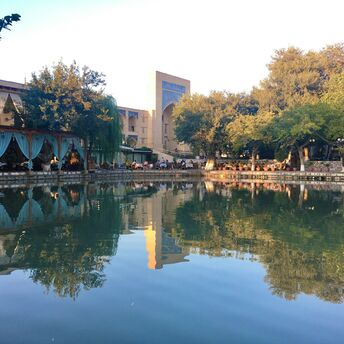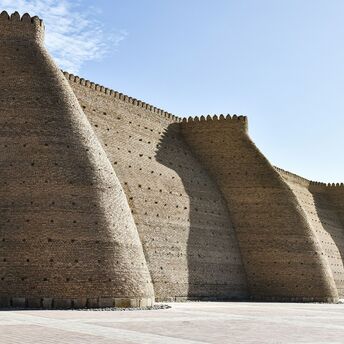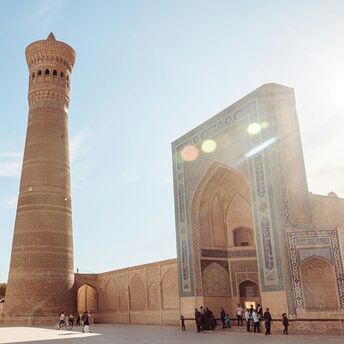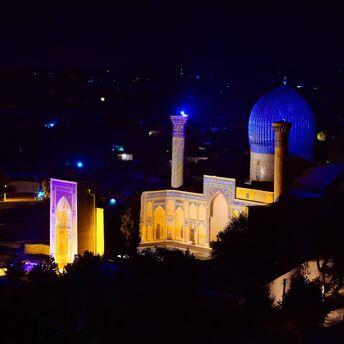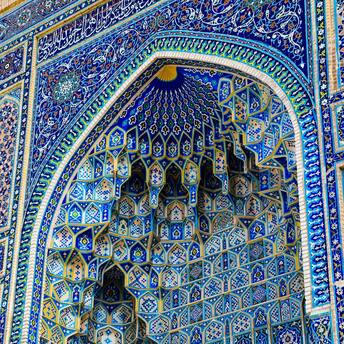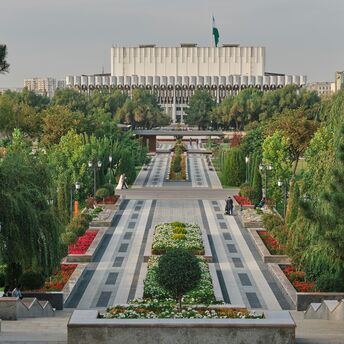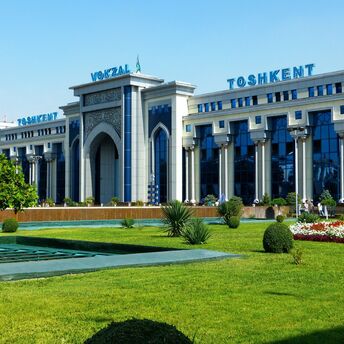Khiva: A City Frozen in Time, Rich in History and Culture
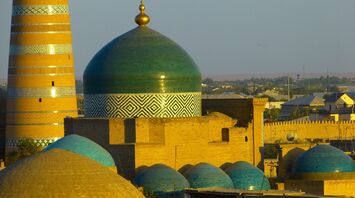
Located in the heart of the vast Uzbek desert, Khiva stands as a living museum, a city where history and culture merge seamlessly with the present. Known for its remarkably well-preserved architecture and a storied past, Khiva has become a favorite destination for travelers seeking to explore the remnants of the Silk Road era. The city's narrow streets, ancient walls, and grand monuments invite visitors to step back in time and experience a place where every corner tells a story.
The Timeless Appeal of Itchan Kala
At the heart of Khiva lies Itchan Kala, the inner walled city that serves as a window into the city's past. Designated as a UNESCO World Heritage Site, Itchan Kala is one of the best-preserved examples of a traditional Islamic city in Central Asia. Enclosed by massive mud-brick walls, this ancient citadel is home to numerous architectural gems, including mosques, madrasahs, minarets, and palaces. Walking through Itchan Kala feels like wandering through an open-air museum, where history comes alive with every step.
Kalta Minor: The Unfinished Symbol of Ambition
Within the walls of Itchan Kala stands one of Khiva's most iconic landmarks — the Kalta Minor Minaret. Construction of this towering structure began in 1851, under the orders of Muhammad Amin Khan, who envisioned it as the tallest minaret in Central Asia. The original plan was for the minaret to reach a height of 70-80 meters, allowing it to be seen from every corner of the city and beyond. However, after Muhammad Amin Khan’s sudden death in 1855, the project was abandoned, leaving the minaret unfinished at a height of just 26 meters.
Khiva Today: A City Preserved in History
Today, Khiva remains a place where the past and present coexist harmoniously. Its architectural splendor and historical significance make it a must-visit destination for those interested in Central Asian history. As visitors wander through the narrow alleys of Itchan Kala, past the towering Kalta Minor and into the bustling bazaar, they are transported to a time when Khiva was a thriving center of trade and culture on the Silk Road.
The city’s ability to preserve its rich heritage while embracing the modern world is what makes Khiva so unique. From the imposing walls of Itchan Kala to the unfinished yet magnificent Kalta Minor, Khiva offers a rare opportunity to experience history firsthand.
Khiva is accessible by road from nearby cities like Urgench and Bukhara, and it's best visited during the spring or autumn months when the desert climate is mild. Visitors can explore Itchan Kala on foot, allowing for a leisurely journey through its maze-like streets and timeworn buildings. Be sure to spend time at the Kalta Minor Minaret, and don’t miss the chance to explore the bazaars that offer a true taste of Khiva’s traditional craftsmanship.
